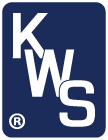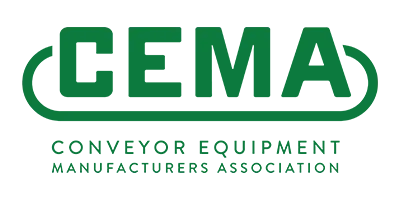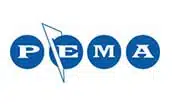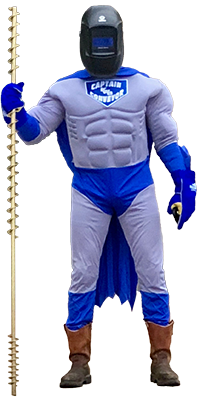Conveying Size Reduced Rubber at Tire Recycling Facility
General Description
4D Corporation in Duncan, OK is a materials conversion facility that specializes in tire recycling. Old tires come in from a variety of sources. The tires first go through an initial shredding process, reducing them to 12-inch by 12-inch pieces. Further size reduction and separation is required to remove the steel belting and cord from the rubber material. The steel belting is recovered and sold for scrap. The final rubber products are pellets of various sizes which are used for manufacturing thick standing mats, children’s safe playgrounds and other applications where safe padding is needed.
4D had continuous problems with an existing inclined screw conveyor that was supplied by the shredder manufacturer. The conveyor previously in place would bind up and stall out as bulk material size and density changed. Also, 4D experienced excessive hanger bearing wear, as well as the flights bending over at the ends of each screw section.
Design Parameters
- Product Type: Rubber Pellets
- Material Density: 33 to 44 Lbs. per Cubic Foot
- Conveyor System Capacity: 279 Cubic Feet per Hour
- Moisture Content: 35 to 50-Percent Liquids
- Duty: 8 to 10 Hours per Day, 5 Days per Week
KWS Advantages
A team of engineers from KWS visited the facility and met with the 4D Plant Manager to determine the root cause of the problems and the exact needs of the plant. While onsite, the KWS team gathered dimensional information on the existing equipment to determine solutions. KWS tested multiple bulk material samples of various sized rubber to determine accurate bulk densities and flow characteristics. Based on all of the information gathered, KWS was able to perform calculations and redesign the inclined screw conveyor to eliminate all of the current problems.
Special Features
The different sizes of rubber needing to be conveyed created a major problem for the existing inclined screw conveyor. The conveyor was not efficient enough to consistently convey the different sizes and densities of rubber on a steep incline. Based on material testing and new calculations, the new screw conveyor was designed with more drive horsepower to add additional torque when the conveyor needed it. The drive unit was reconfigured to the discharge end in order for the bulk material to be pulled up the incline and eliminate any issues with the screws being in compression and causing binding.
The inclined screw conveyor required an internal hanger bearing due to an overall length of 28-feet. KWS recommended and supplied a bronze hanger bearing with graphite plugs. Bronze bearings are very tough and allow for higher screw speeds. The graphite plugs help lubricate the bearing and reduce noise. Flight thickness was increased 15-percent and end lugs added to provide extra support at the ends of each screw section. KWS then added trough liners to make the inclined screw conveyor much more efficient. A liner thickness of 3/8-inch limited the amount of fallback since the conveyor was located on a 45-degree angle. Adding the liner completely eliminated the binding issue. All of the screw conveyor components were manufactured to CEMA standards so that spare parts would be readily available.
Testimonial
"The new KWS inclined screw conveyor works great! We have not had any issues since installing the new KWS conveyor. Thank you for solving our problems and helping to keep our production going!"
Jared Cameron, Plant Manager – 4D Corporation










